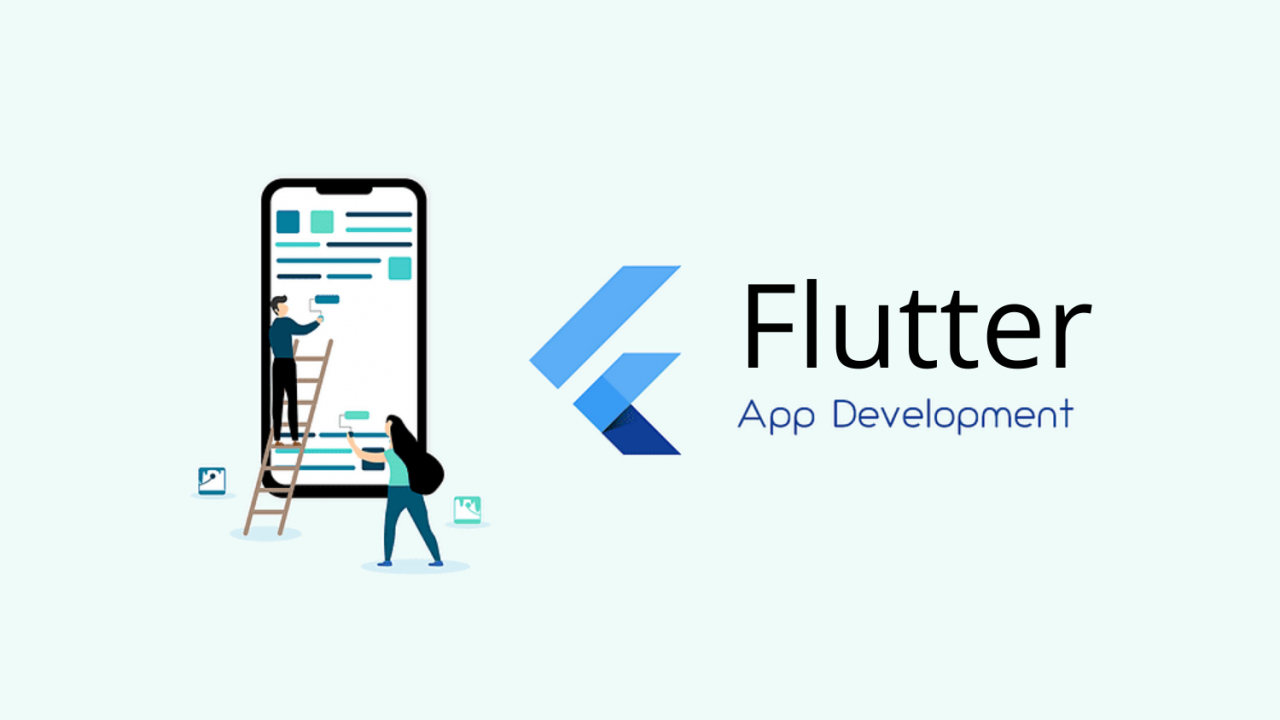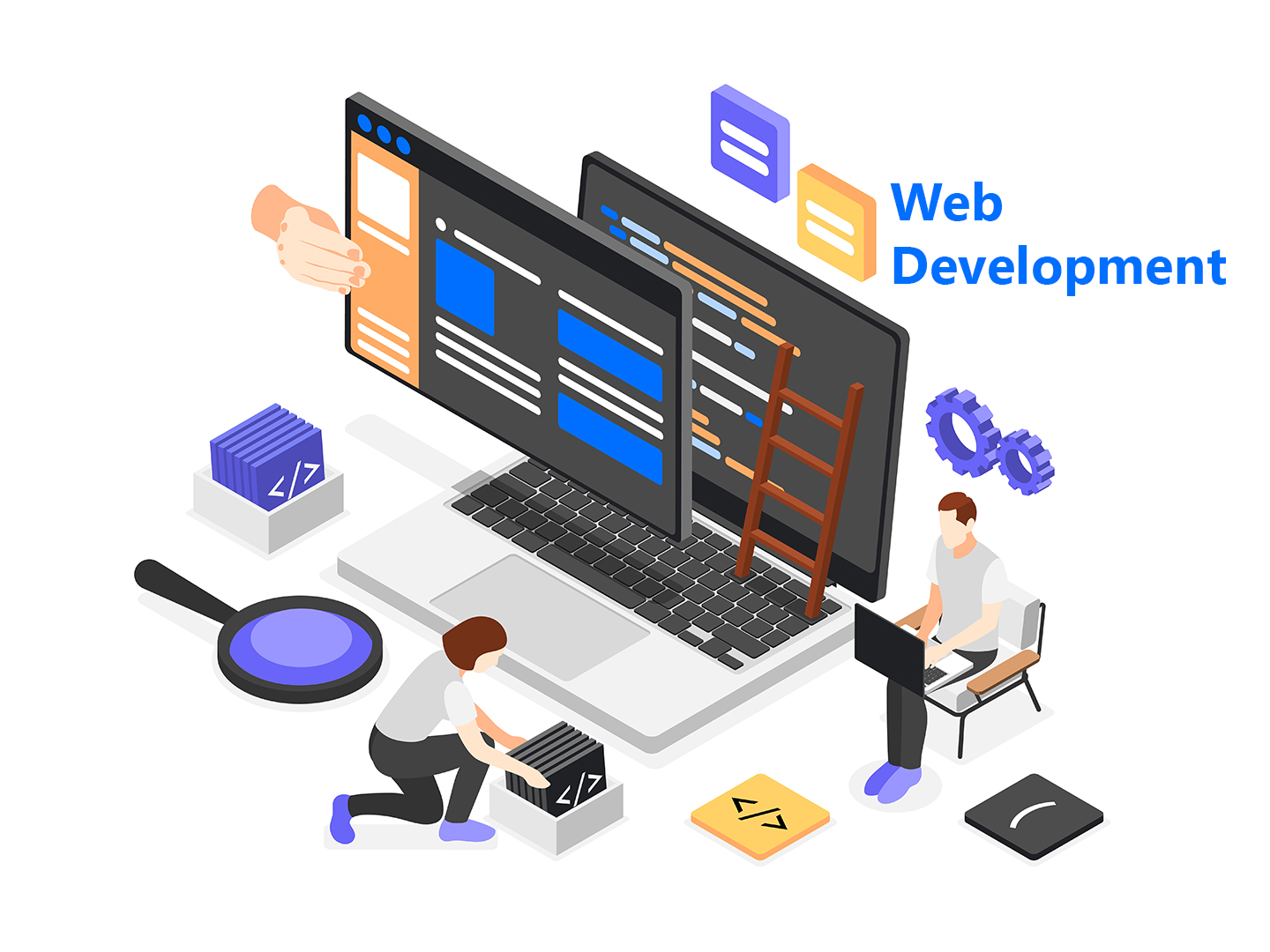
In the rapidly evolving landscape of mobile app development, Flutter has emerged as a game-changer. Developed by Google, Flutter allows developers to create natively compiled applications for mobile, web, and desktop from a single codebase. This article delves into the advantages of Flutter, its architecture, and how to get started with your first app
Single Codebase: With Flutter, you can write your code once and deploy it across multiple platforms, saving time and resources.
Fast Development: The "hot reload" feature allows developers to see changes in real time, accelerating the development process.
Expressive UI: Flutter offers a rich set of customizable widgets that enable developers to create visually appealing apps that look and feel native
High Performance: Flutter apps compile to native ARM code, ensuring optimal performance across devices.
Widgets: Everything in Flutter is a widget, from buttons to layouts. This makes UI design intuitive and straightforward.
Dart Language: Flutter uses Dart, a language designed for fast development and performance. Dart's syntax is easy to learn, especially for those familiar with Java or JavaScript.
Extensive Libraries: Flutter provides a wealth of pre-built libraries and packages, simplifying common tasks like state management, HTTP requests, and more.
Create Your First Code Flutter App Developement:
Deploy Your App:
Organize Your Code: Follow a clear directory structure to keep your project manageable.
State Management: Choose an appropriate state management solution (like Provider or Riverpod) to handle app state efficiently.
Responsive Design: Ensure your app looks great on different screen sizes and orientations by utilizing MediaQuery and LayoutBuilder.
Regular Updates: Keep your Flutter SDK and dependencies up to date to leverage the latest features and improvements.
Flutter is revolutionizing the way we approach app development. With its single codebase, expressive UI capabilities, and high performance, it’s no wonder that developers are flocking to this framework. Whether you’re a seasoned developer or just starting, Flutter offers the tools you need to create stunning applications that stand out in the competitive app market.
 Best Mobile App Development Company in Delhi NCR | Oprezo India
Best Mobile App Development Company in Delhi NCR | Oprezo India
 Top Web Development Services in Delhi/NCR | Oprezo India – React JS, Angular JS, eCommerce & More
Top Web Development Services in Delhi/NCR | Oprezo India – React JS, Angular JS, eCommerce & More
 Top Mobile App Development Company in Delhi / NCR | Oprezo India
Top Mobile App Development Company in Delhi / NCR | Oprezo India
 Mobile App Development in Delhi - Android, iOS, Hybrid & Flutter | Oprezo India
Mobile App Development in Delhi - Android, iOS, Hybrid & Flutter | Oprezo India
 Why Oprezo India is the Best Web Development Partner in Delhi NCR?
Why Oprezo India is the Best Web Development Partner in Delhi NCR?